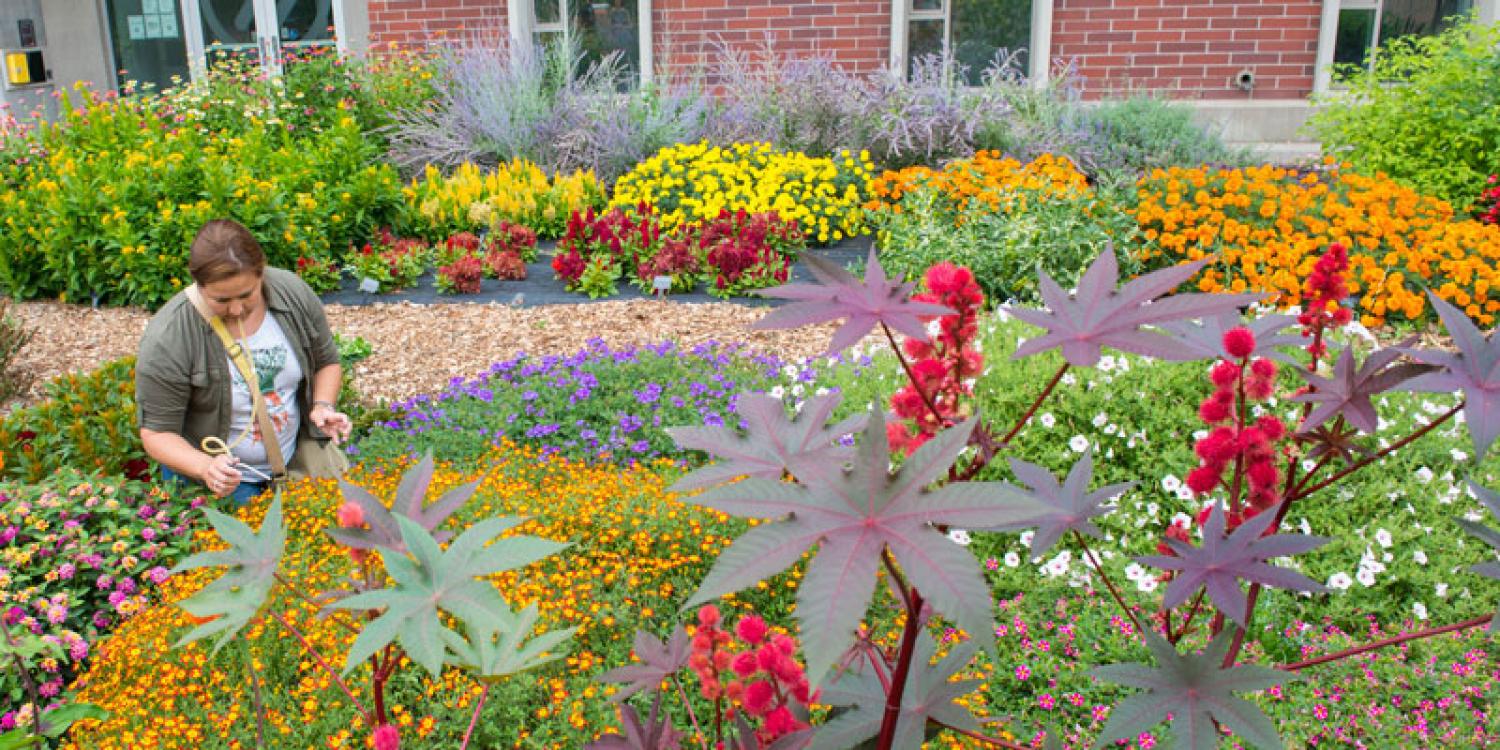
Thousands of people every year ask Oregon State University Extension Service experts and volunteers gardening questions. To help meet that need, the OSU Extension Master Gardener program was founded in 1976. Over the years, trained volunteers have conservatively answered more than 1 million questions. In 2019 alone, Master Gardeners made 139,242 contacts with people. During the same time, 78% of horticulture questions from OSU’s Ask an Expert service were fielded by Master Gardeners, who provide the latest research-based information.
However, most of the information shared is based on research that was conducted in commercial agricultural systems. The scale and scope of these systems is so different from a home garden, so there were concerns that recommendations might not directly translate from farm to garden, said Gail Langellotto, statewide Master Gardener program coordinator and professor in OSU’s Department of Horticulture.
In response, Langellotto formed the Garden Ecology Lab at OSU. Launched in 2017, it’s the first lab in the United States wholly focused on socio-ecological research in home and community gardens. Langellotto, with help from graduate students and Master Gardener volunteers, has studied garden soils, plant diversity, pollinators, parasitoids and pests. Research has focused on how and why gardeners make plant selections and management decisions. The findings are quickly disseminated back to the gardeners via blog and social media posts, face-to-face classes, newsletter articles, magazine articles and webinars.
There have been several results. In one instance, research done by the Garden Ecology Lab on home and community vegetable garden soils indicated that the recommendation to annually add organic matter to soils sometimes isn’t appropriate for small gardens. While a farmer may struggle to reach 5% organic matter on soils that spread across tens or hundreds of acres, copious additions of organic matter to small garden beds created phosphorus hotspots that could impact plant health and water quality.
Another study concentrated on native plants and their attractiveness to pollinators and gardeners. In many cases, the plants most attractive to pollinators were least attractive to gardeners and vice versa. Langellotto and her team started an aggressive education campaign, and started using the term “ecological beauty” to help gardeners recognize that beauty goes beyond aesthetics and the ecological benefits of particular plant choices can bring the beauty of biodiversity into the landscape. Surveys have shown gardeners are beginning to incorporate more native plants in their gardens based on the lab’s research.
And another study on garden pollinators identified more than 80 bees in Portland-area gardens, including bees of conservation concern. Garden features associated with higher bee diversity were determined, including lawn weeds, drip irrigation and plant diversity. Now more research-based information is available that promotes bee conservation.